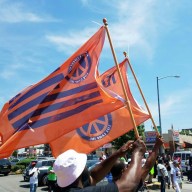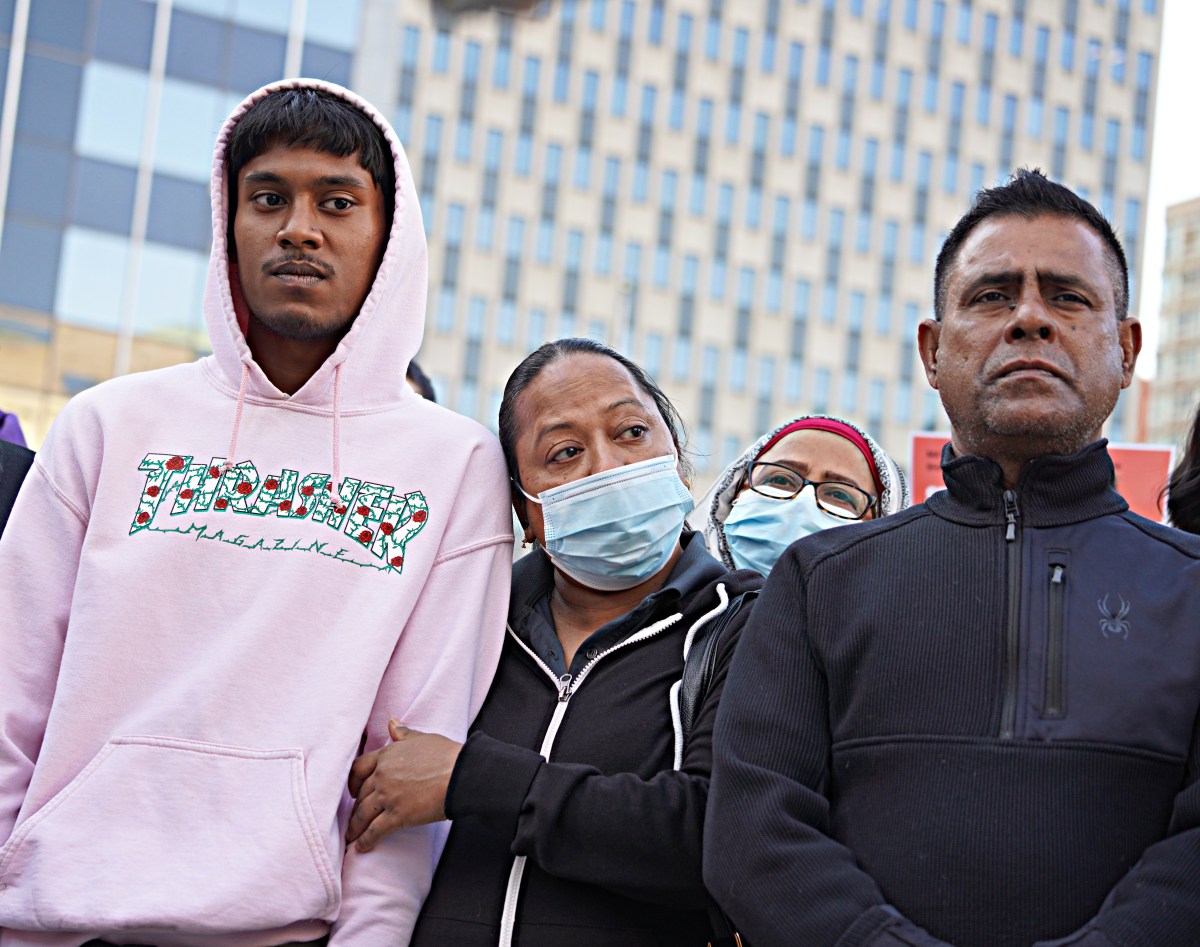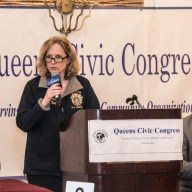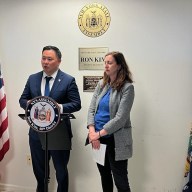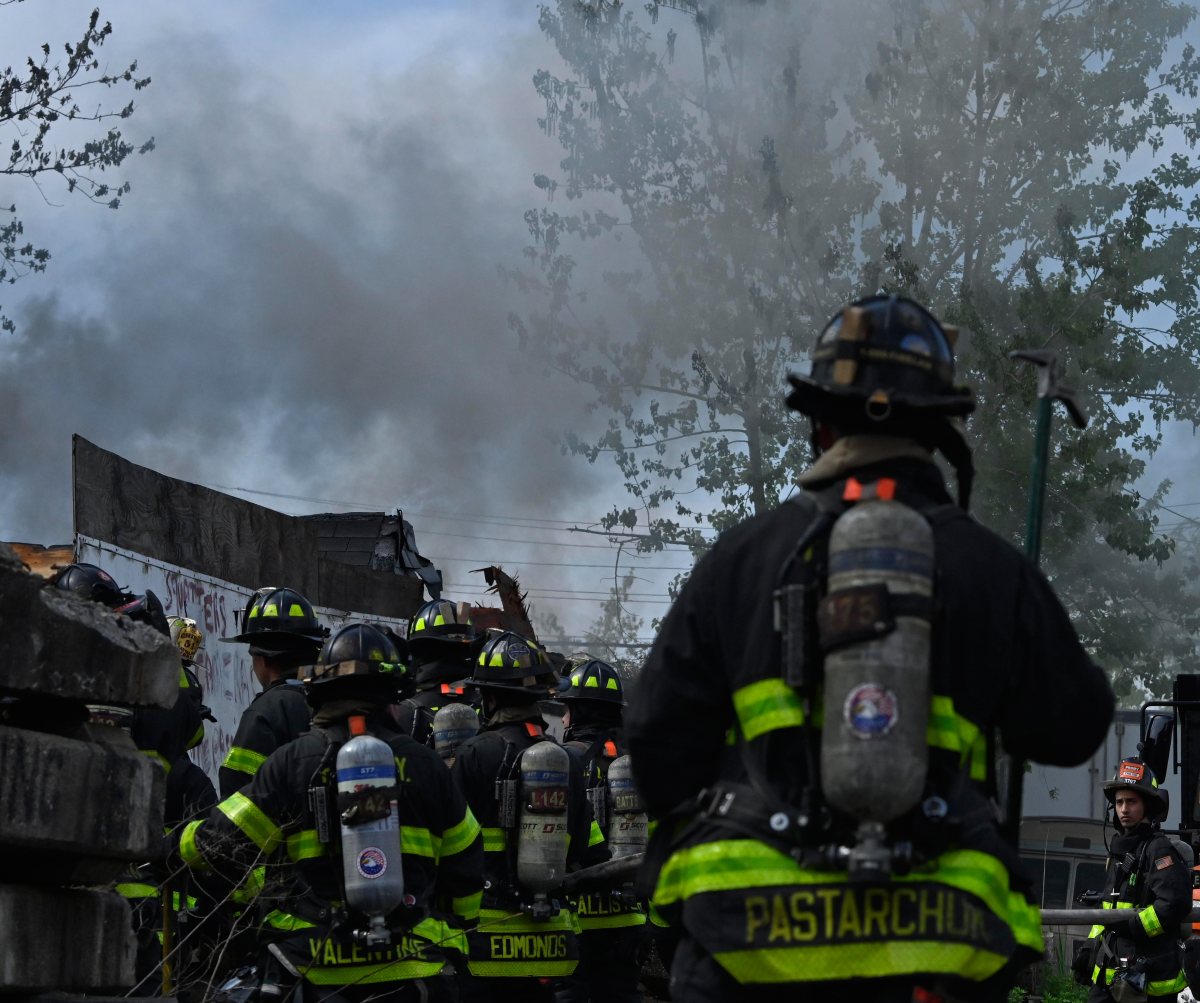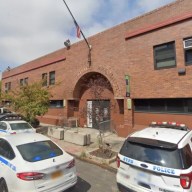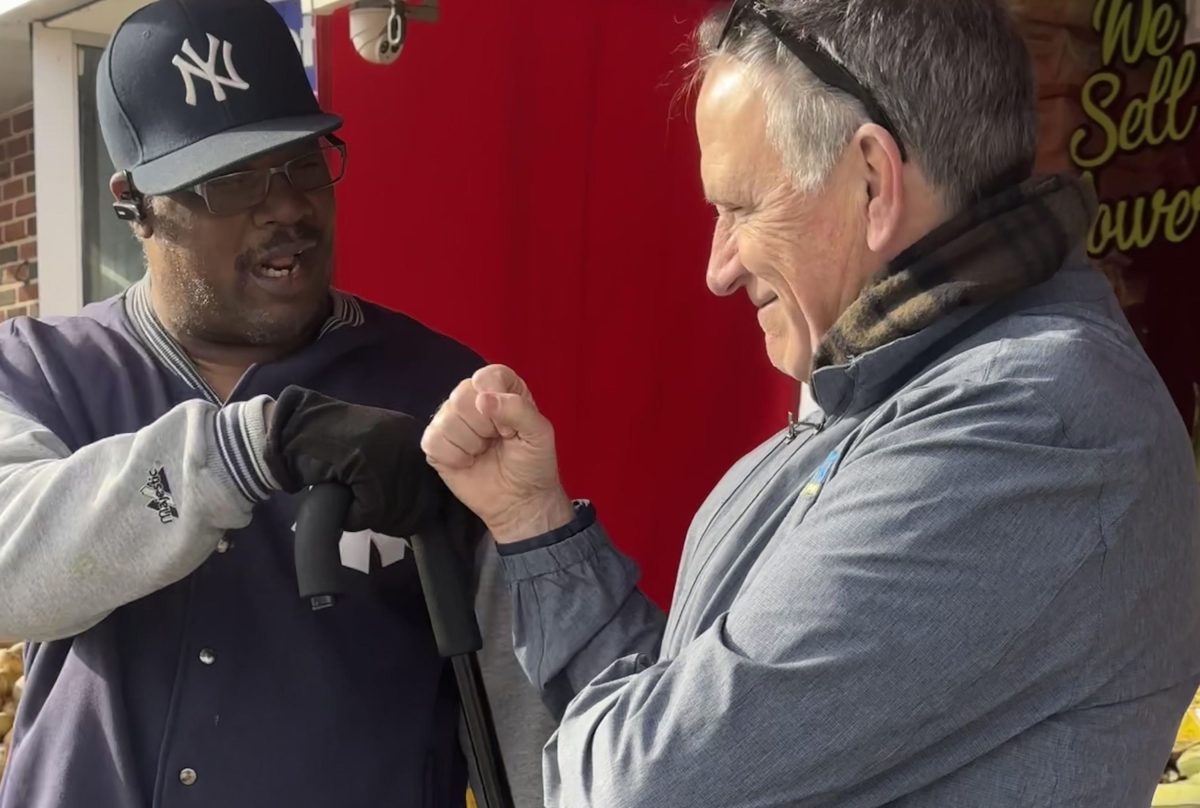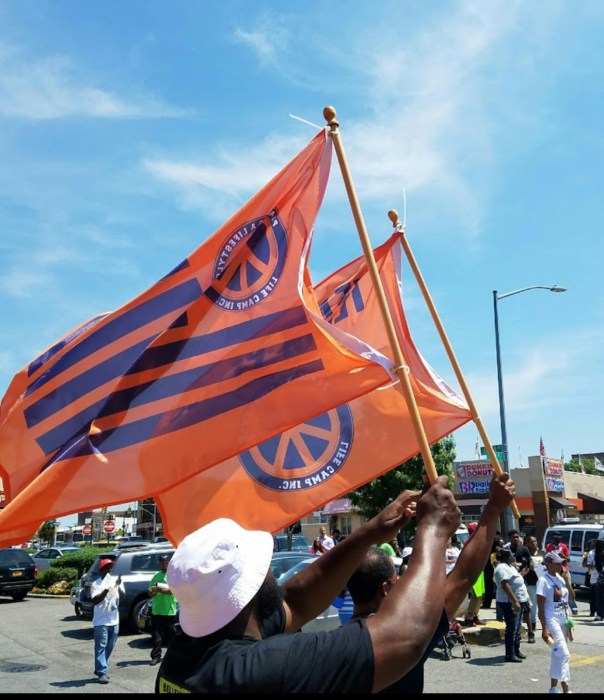There was optimism in abundance at a panel discussion on NYC2012s progress in bringing the Olympics to New York City. NYC2012 community relations director, Brenda Levin; senior project architect, Scott Schiamberg; managing director of sports, Wendy Hilliard; and planning consultant, Marcie Kesner, spoke at a Long Island City Business Development Corporation breakfast held at Devry on October 16 in which the committee discussed the recently announced international design competition to develop a plan for the Olympic Village.
When the United States Olympic Committee formally nominated New York City as the official US applicant city for the 2012 Olympic and Paralympic Games, it was a cause for celebration and city pride. It will also an opportunity for some of the best urban planning and design personalities to show their stuff.
The committee is conducting an innovative design study and competition to determine the final design of the site, which will need to house 16,000 Olympic participants, trainers and officials in 4,500 apartments. Schiamberg stressed that the village is not going to be a hotel. Rather, it will be designed as a community that will then be retro-fitted as the Olympic Village, with dormitory style apartments.
"There are four areas weve focused on," said Schiamberg. "One is to create an innovative design study. The second is to create a model for future Olympic Villages. The third is for a new standard in housing and the fourth is to set a new standard in environmentally sustainable design."
The competitive process is similar to the process used to choose the future World Trade Center site design. The 2012 committee is hoping for a variety of prospective designs as well as input from the community, local elected officials and the athletes themselves. On September 25, they issued a request for qualifications (RFQ) for those people interested in working on the site. Candidates have up until October 24 to submit questions, and on November 17, the RFQ will be due. In December, up to five finalists will be chosen, including groups or individuals, architects and design teams.
In the months thereafter, the finalists will come to New York to survey the site and work with experts on developing engineering schemes. The winner will be chosen on May 3 after the schemes are displayed publicly to garner community input.
"The intent is to create something that will be special to New York, something that incorporates the latest thinking in housing," said Schiamberg.
The plans will include not only housing, but shops, restaurants, grocery stores and the other businesses that create a community incorporating the most modern designs. The Olympic Village will also need to accommodate the athletes competing in the Paralympics only a short time later.
"Were very excited. Theres a lot at stake here and we have the opportunity to do something really fantastic," he said.
Meanwhile, a steering committee made up of the Hunters Point Community Association, local elected officials, the Port Authority and a representative from Riverview, among others, will develop a report outlining ideas for the village. The next phase of the process will involve bringing the steering committee and the five finalists together.
Whatever design is chosen, it is imperative that it not disrupt the flow of transportation and commerce that already exists in the city.
"How do you move athletes, trainers, coaches, medical personnel and Olympic officials, which exceed 15,000 people day in and day out, to make sure that they arrive at their venues on time in the proper condition without worrying about traffic?" asked Levin at the beginning of the presentation.
The centerpiece of the entire plan is the Olympic X. The X places all but one of the venues for the 40 sports and disciplines along two intersecting axes, neither of which depends on roads for transportation. The north-south axis follows the Harlem and East Rivers and the east-west axis runs along existing rail lines. The proposed Olympic Village in Queens West is at the center of the X, which means that the athletes and their trainers can reach their competitive venues in 20 minutes.
But more important, the 2012 committee hopes the facilities built will offer practical recreational venues and inexpensive living space for New York City residents.
"The Olympics will be over in several months in 2012," said Kesner, "but this will be part of the Queens neighborhood for the next 100 years and this is an opportunity to create something really special."






